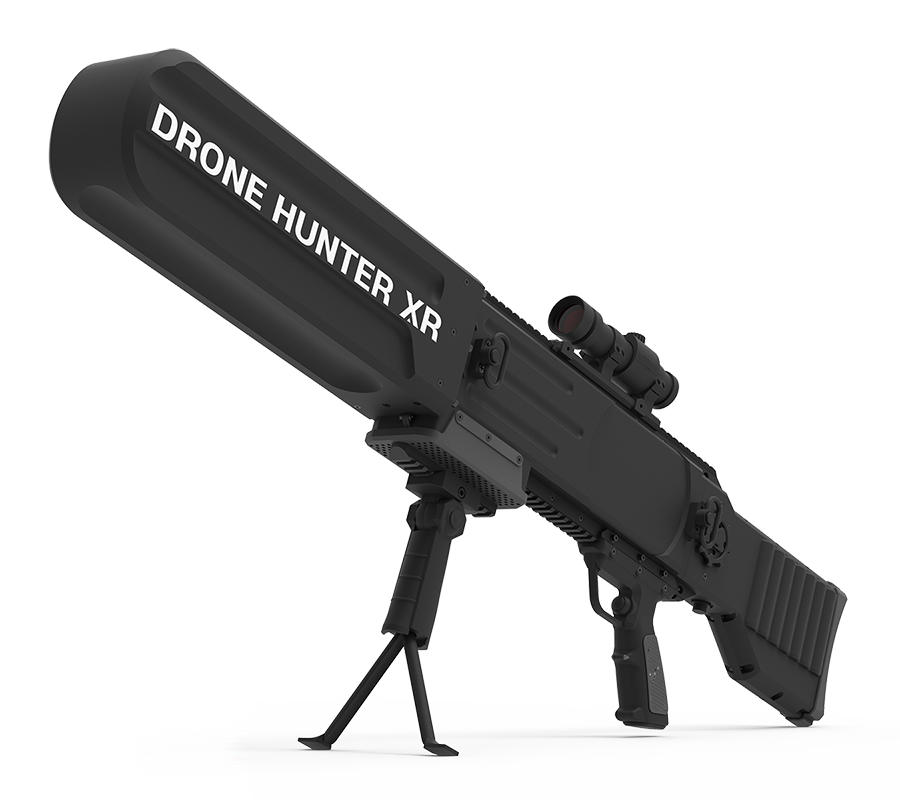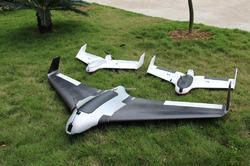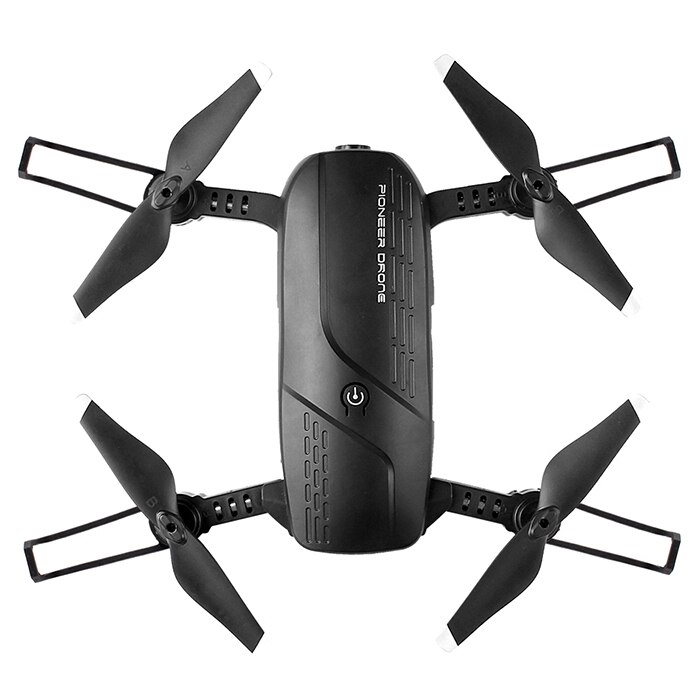
The future of drones continues to be uncertain. However, recent headlines seem to indicate that there are mixed signals. Bloomberg reported in August, that the drone craze had begun to fade with many startups going out of business. Other news sources report that the drone industry is on the verge of growth. Morgan Stanley and Goldman Sachs estimate that the drone industry will reach a value of over $100 billion in 2020, and $1.5 trillion in 2040. But, what is the real picture of this industry?
Commercial applications
Drones can be used for a variety of purposes, including commercial agriculture, real estate, media, and entertainment. The key factor behind this growth is the increased use of drones to film and produce television. A drone is a cost-effective, convenient and efficient way to capture frames. Professional filmmakers have begun to use drones for this purpose. In addition, clients are increasing their demand for aerial photography.
Safety in the airspace
Federal Aviation Administration (FAA), published a report entitled "The Future of Drones & Airspace Safety." The report highlights drones' potential benefits as well the challenges that the industry faces in integrating them within existing airspace. Drones have the potential to identify and reduce emerging risks and automatically minimize them. In addition, the pilots of non-recreational drones must be trained in proper flight procedures and must maintain visual range of their drones.

Management of air traffic
Drones quickly became a common sight on our skies. The key component to their success is air traffic control. At the moment, there are thousands of manned aircraft in the skies. However, drones will become more common as they become more common. Air traffic management can't be scaled to cope with the increased number of unmanned planes. The future of drone traffic management relies on integrating multiple solutions.
Forecasting of air traffic
Drones may fly in the atmosphere at the lowest level of about 100 feet, but forecasting could improve their effectiveness. This type of weather data can be used to improve weather warning systems and deliver parcels. Drones could also help in improving weather forecasts and alert systems for severe weather. Air traffic forecasting is currently limited to two dimensions. However, drones could provide weather data that can significantly improve airspace intelligence.
Air traffic control
The Future of Drones and Air Traffic Control The future of air traffic control is based on the future of flying cars, hovering warehouses, and deliveries. The development of drone technology means that authorities will need a new low level air traffic system. It may be more complicated than the air traffic systems for planes. Drones will use machine learning and artificial intelligence to avoid other aircraft and remain in designated air lanes.

FAQ
Are drones permitted at public events?
As long as you comply with the rules, drones can be flown anywhere. If you want to fly your drone in public events like parades, festivals, concerts, etc., you must get permission from the event organizers.
What is the law regarding drones flying over private property
New rules have been issued by the FAA for commercial drone flying. These rules are only applicable to UAVs that weigh less than 55 pounds and fly below 400 feet above ground. Commercial operators must register at the FAA and apply for a license. They must also obtain permission from local authorities if they plan to operate in restricted areas, such as airports.
What laws apply to flying drones?
The Federal Aviation Administration (FAA), which regulates all aspects drone operations in the United States of America, is responsible for them. To operate a drone commercially, you must first get a certificate from the FAA. Then, you must complete a course in piloting skills and pass an exam. You will then need to pay an agency fee.
What kind of batteries is a drone using?
Drones are powered by lithium-ion battery. A typical drone consumes between 3 and 6.
Statistics
- According to the multiple listing service (MLS), houses and apartments with drone photographs are up to 68 percent more likely to sell than those without pictures. (thedroneu.com)
- According to Indeed, a drone pilot gets paid $25.73 per hour on average in the US. (dronesgator.com)
- With the top 10% making over $100/h and the bottom 10% making as low as $10/h. (dronesgator.com)
External Links
How To
What is a Battery pack? And how can I replace it.
The main power source for your drone's motors is the battery pack. They provide enough power that your quadcopter can fly safely and smoothly.
The difference in the battery pack between a drone you already own and a new one that you purchase will not be noticeable. Your battery pack will gradually wear down over time. It may stop working completely eventually. You will need to replace the battery in your drone to ensure it continues to function properly.
It's better to use the original battery pack when replacing it. Installing a defective battery pack can cause damage to your drone.
These steps will help you replace your battery pack.
-
Disconnect the battery connector cable. This will ensure your drone doesn't get any electric current. You can simply remove the battery connector cable from your drone to disconnect it.
-
Unscrew the battery pack. Unscrew your quadcopter's battery pack. The battery pack is usually split into two pieces.
-
Locate the battery contacts. After you have taken the battery pack out, look for the contact points. These small metal pins connect the battery to the rest of the components inside the drone.
-
Install the new battery. Next, you will need to install the battery into the drone. Align the connectors for the battery pack on each side. After that, attach the battery pack to the drone. Once this is done, tighten your bolts to secure the battery pack.
-
Reattach the battery connector cables. Connect the battery connector cable to your drone after installing the new battery pack.
-
The drone should be tested. Test your drone before flying it again. If it does, congratulations!